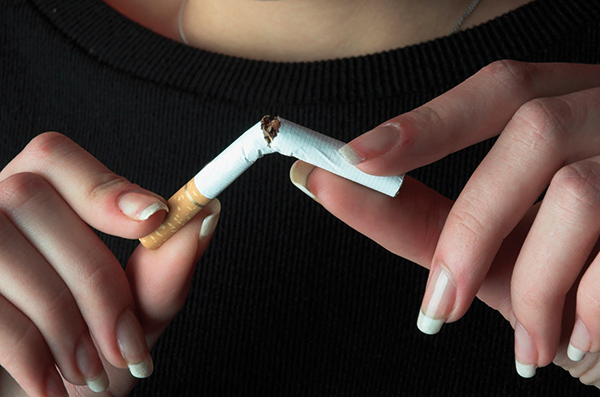Fascination About Quit Smoking: BenefitsHelp, Quit Plans and Resources

The 30-Second Trick For Quit Smoking & Vaping - American Lung Association
Loss of some lung function may not have symptoms. By the time symptoms appear, a person may have lost half of his/her lung function. How Todacitan Can Assist The most reliable stopped plan is personalized, including education, therapy and typically, medicines. includes info about the dependency of smoking cigarettes and health conditions that are aggravated by smoking cigarettes.
frequently required to address the behavioral elements of smoking cigarettes and recognize and conquer possible obstructions to successful stopping. the majority of people who are addicted to cigarettes need medication to stop smoking. Medical management involves assessing lung function, dealing with lung damage from smoking and providing nicotine replacement/addiction therapies. Vaping and E-Cigarettes When considering stopping cigarette smoking, some will try to find replacement products such as e-cigarettes or vaping devices.
Currently, there are no research studies that reveal these devices are safe alternatives to standard cigarette smoking. More research studies have shown that the quantity of nicotine in these gadgets varies considerably, which can typically cause a greater level of nicotine than is anticipated and may be greater than standard cigarettes.


10 Tips to Help You Quit Smoking
Penn Stop: Penn's Comprehensive Smoking Treatment Program Can Be Fun For Everyone
If you are prepared to stop smoking cigarettes, it is suggested you meet your doctor to talk about the very best stopped prepare for you, which may include medications, nicotine replacement items and/or non-medication methods. Immediate Advantages of Quitting Smoking cigarettes Did you understand that health and other advantages begin right after you quit cigarette smoking? Here are simply a few "after you stop" health turning points: At 20 minutes: Heart rate and high blood pressure drops.

Why quitting smoking is crucial during COVID-19 pandemic - The Economic Times
At two weeks to three months: Circulation improves; lung function increases. At one to 9 months: Coughing and shortness of breath decrease due to much better lung function. Risk of lung-related infection is reduced. Over the first year of giving up, energy level increases, breathing ends up being easier and sense of taste and odor return.
At two to 5 years: Stroke risk can fall to that of a nonsmoker. At five years: Oral, throat, esophageal and bladder cancer risks are cut in half compared to active smokers. Cervical cancer danger is up to that of a nonsmoker. At 10 years: Danger of passing away from lung cancer is half that of an active cigarette smoker.
